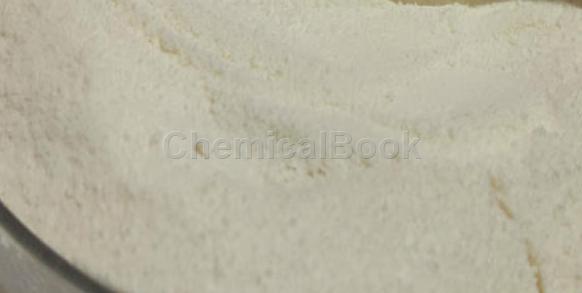Background and overview[1]
O-Aminoacetophenone is an important fine chemical intermediate. It is widely used in the synthesis of pesticides and pharmaceutical intermediates. It is the main raw material for anti-infective quinolones. Quinolones are a hot area of current drug research. one. There are five literature synthesis methods for o-aminoacetophenone: (1) Using aniline as raw material, it is prepared by Friedel–Crafts acylation reaction. The main problem of this method is that post-processing is difficult and the three wastes are serious; (2) Using o-nitro Acetophenone is used as the raw material and is produced by nitro reduction, but the source of o-nitroacetophenone is limited and there is a lack of large supply; (3) o-halogenated acetophenone is used as the raw material and the halogen is substituted by the amino group. This method is also The source of raw materials is limited; (4) N-acetanilide is used as raw material and intramolecular rearrangement occurs under the catalysis of aluminum trichloride to prepare o-aminoacetophenone. This method has serious three wastes and the by-product para-isomer content is relatively high. It is large and difficult to refine and purify; (5) O-aminoacetophenone is prepared through Weber amide reaction and substitution reaction using isatoic anhydride as raw material. This method has complicated steps and low yield.

Apply[2]
O-Aminoacetophenone is an important fine chemical intermediate, such as the preparation of a high acidity ionic liquid to catalyze the synthesis of 2-aryl-2,3-dihydro-4(1H)-quinolinone derivatives The method belongs to the technical field of chemical material preparation. The present invention is a method for catalytically synthesizing 2-aryl-2,3-dihydro-4(1H)-quinolinone derivatives with high acidity ionic liquid. The method uses o-aminoacetophenone and aromatic aldehydes as reaction raw materials. , to synthesize 2-aryl-2,3-dihydro-4(1H)-quinolinone derivatives under the catalytic action of a high-acidity ionic liquid catalyst, by selecting a specific high-acidity ionic liquid as a catalyst and optimizing the reaction The optimization and design of process parameters can effectively overcome the shortcomings of the existing synthesis process such as the large amount of catalyst used, relatively poor recycling performance, complex product purification process, and the need for further improvement in the yield of the product.
Preparation[1]
A method for preparing o-aminoacetophenone, including: reacting methyllithium and isatoic anhydride at a reaction temperature below -50°C in an anhydrous or nearly anhydrous solvent, completing the reaction, and post-processing The target product o-aminoacetophenone was obtained.
Add 300mL (1mol/L tetrahydrofuran) methyllithium into a dry reaction bottle. After nitrogen replacement, cool to -75°C under nitrogen protection, and slowly add isatoic anhydride (16.3g, 0.1mol) dropwise. After the mixture of tetrahydrofuran (25 mL) is added dropwise, keep it at -75°C for reaction. The entire process is protected by nitrogen and the process is tracked by TLC. After the reaction is completed, pour 80 ml of water, stir for 30 minutes, separate layers, dry and concentrate the upper layer to obtain 13.6 g, and rectify under reduced pressure to obtain 11.7 g of the target product, with a content of 99.1% and a molar yield of 87.5%.
Main reference materials
[1] CN201710521694.7 A method for synthesizing 2-aryl-2,3-dihydro-4(1H)-quinolinone derivatives using high acidity ionic liquid catalysis
[2] CN201710436085.1 A kind of preparation method of o-aminoacetophenone

 微信扫一扫打赏
微信扫一扫打赏

